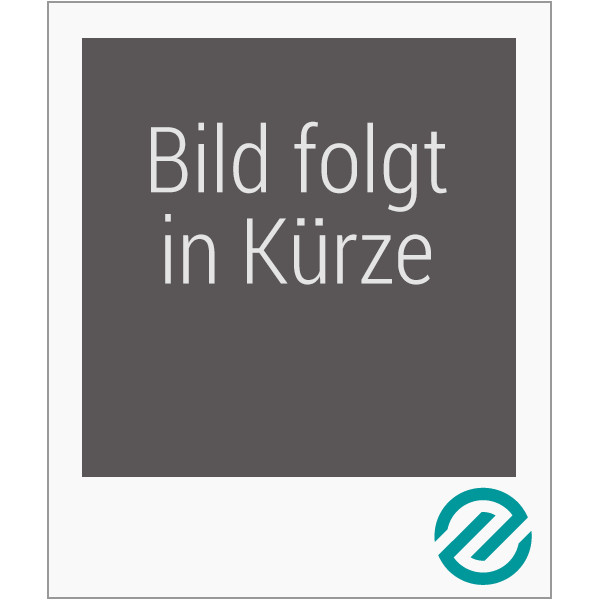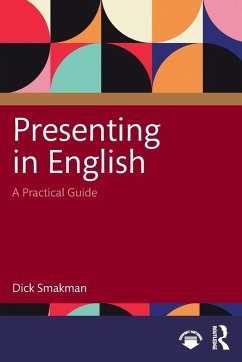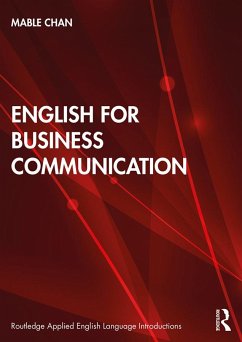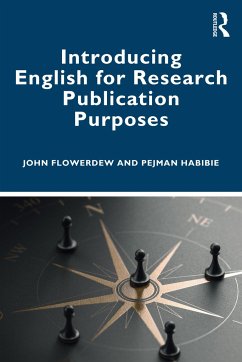
English for IT Communication
Versandkostenfrei!
Versandfertig in 1-2 Wochen
49,99 €
inkl. MwSt.
Weitere Ausgaben:

PAYBACK Punkte
25 °P sammeln!
English for IT Communication provides a comprehensive introduction for students and professionals studying IT or computer science and covers all forms of technical communication from emails and memos through procedures to reports and design specs. In each case, the book offers multiple real-world examples, looking at who the texts are written for, what their purpose is, and how these affect what is on the page.Key features of this book include:How to write for different audiences and purposesHow to design documents for ease of access and understandingHow to communicate in multimodal mediaHow t...
English for IT Communication provides a comprehensive introduction for students and professionals studying IT or computer science and covers all forms of technical communication from emails and memos through procedures to reports and design specs. In each case, the book offers multiple real-world examples, looking at who the texts are written for, what their purpose is, and how these affect what is on the page.
Key features of this book include:
How to write for different audiences and purposesHow to design documents for ease of access and understandingHow to communicate in multimodal mediaHow to reference in IEEEMultiple different examples and breakdowns of common text types to show how they are written and to produce an understanding of quality in eachOnline support material including authentic examples of different workplace genres and a reference section covering relevant research studies and weblinks for readers to better understand the topics covered in each chapterInternationalized coverage of IT communication exemplars
This book is an accessible guide to writing effective forms of IT communications of the kind needed for all IT degree programs which aim to prepare students for the modern workplace. Practical and clearly written, it is designed to introduce readers to features of the most common genres in IT and computer science.
Key features of this book include:
How to write for different audiences and purposesHow to design documents for ease of access and understandingHow to communicate in multimodal mediaHow to reference in IEEEMultiple different examples and breakdowns of common text types to show how they are written and to produce an understanding of quality in eachOnline support material including authentic examples of different workplace genres and a reference section covering relevant research studies and weblinks for readers to better understand the topics covered in each chapterInternationalized coverage of IT communication exemplars
This book is an accessible guide to writing effective forms of IT communications of the kind needed for all IT degree programs which aim to prepare students for the modern workplace. Practical and clearly written, it is designed to introduce readers to features of the most common genres in IT and computer science.














